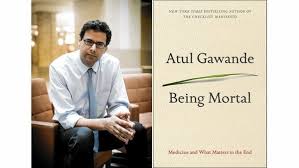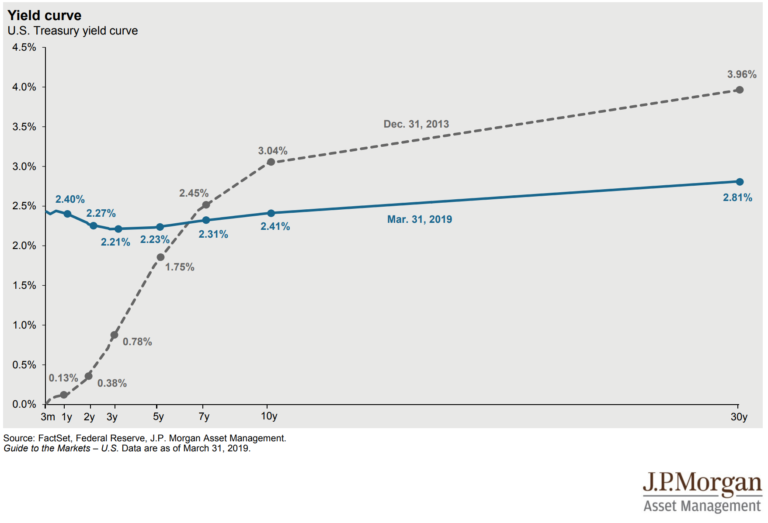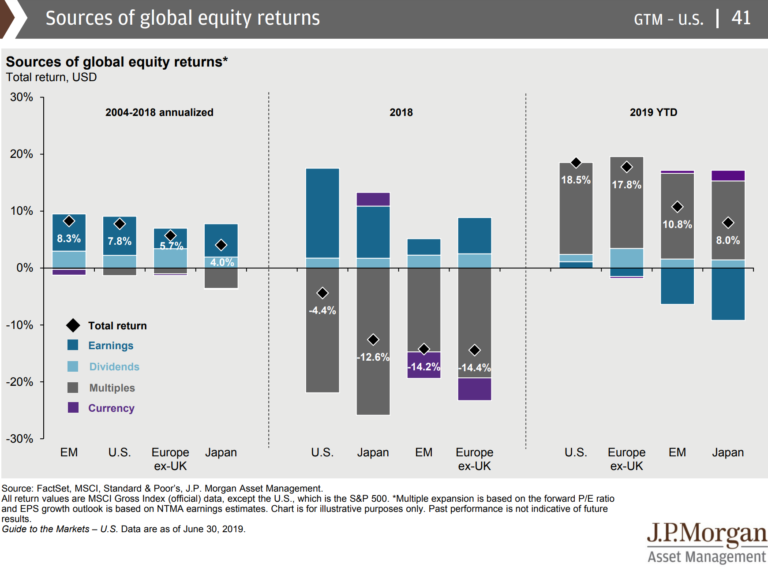The Best Way To Spend Money On Healthcare
In life there are people that show up to work, do a great job, and go home without much fanfare: much like Tim Duncan. Tim (I wish we were on a first name basis) reminds me of a Health Savings Account (HSA) because he outperforms his peers consistently but is widely underappreciated. With an HSA the benefits abound: you can avoid taxes on the deposit and withdrawal, enjoy tax-free growth and tax-free withdrawals, there’s no income limit, you can reimburse qualified expenses from years ago, and have your account transition into an IRA at 65. Best of all the benefit can be immediate: if you are in the 25% tax bracket and use this account appropriately, it could be the same as receiving an immediate 25% gain.
The Basics
An HSA is a type of account that is most-efficient when used for qualified medical expenses which often includes expenses that health insurance doesn’t cover. The maximum amount of money you can contribute annually is $6,750 (family) and $3,400 (self-only) as of 2017 with a $1,000 catch up contribution allowed if over the age of 55. You also must have HDHP (high-deductible health plan) coverage in order to make contributions to an HSA (although account owners can withdraw funds even if they are no longer covered by a high deductible plan.) Finally, contributions are tax deductible, investments avoid capital gains when growing, and the funds are tax free when withdrawn.
In Practice

Jim is under a High Deductible Healthcare Plan and opens an HSA in 2013. In 2014 he has to have $1,000 of dental work. Sadly, Jim’s high deductible plan doesn’t cover any dental work so he has to pay full retail price.
If Jim pays for the dental work out of his checking account, he would have to earn $1,333 of income and pay 25% in income taxes just to have $1,000 left over to pay his bill. However, if Jim earns that same $1,333 and puts it into his HSA account, he won’t pay any income taxes, he will have $1,000 to pay his bill, and $333 left over to use for future medical expenses (or save for retirement as we’ll find out below.)
Options With An HSA Account
There are two somewhat different methods to use when taking advantage of an HSA: immediate medical expenses and future expenses (both medical and non-medical.)
- The first option is to use it for every doctor visit, every dental appointment, and every expense that is a qualified medical expense. You have access to tax free money, so why not use it? This is how Jim took advantage of it above.
- Assuming an account owner still has money accumulating in an HSA, the second option is to grow it in order to use it for future medical (and non-medical if necessary) needs. HSAs allow account owners to invest their accumulated dollars in mutual funds. Over time, these can grow and that growth is tax-free. If those dollars are then used for future qualified medical expenses (even if the owner is no longer covered under their old high deductible plan) then the withdrawals are tax free.
“Worst Case” Scenario
What if we save the maximum amount in our HSA every year and never get sick or go to the doctor because we are healthy? There is a provision that allows the account owner to, at age 65, begin using the HSA as an IRA. Any withdrawals for qualified medical expenses would be tax-free, however all other withdrawals would be taxed as income just like a traditional IRA.
Additional One-Time Deposit
The IRS allows for a once in a lifetime direct transfer of IRA dollars into an HSA account ($6,750 for families or $3,400 if self-only.) While this might seem most beneficial to someone with an unplanned medical expense and not enough excess cash to fund the HSA; it is really a benefit for anyone who would plan on having future medical expenses. It essentially moves money from one pocket (an IRA where it will be taxed at your income tax rate) to another pocket (HSA where if used for qualified medical expenses it will be tax-free or at worst will turn back into IRA dollars).
One Last Note
If you are reading this and regretting not taking full advantage of your HSA account, you can turn back time. Let’s say Jim (from above) just now learns about maximizing the use of his HSA three years after he paid for his dental work. As long as he had his HSA account opened at the time of his dental work (even if the HSA had $0 in it) he can now put $1,000 into his HSA account (as long as he is still covered under a high deductible heathcare plan) and then write himself a check out of the HSA account to reimburse his dental work. The benefit is that his income this year would be $1,000 lower (because he deducts contributions), saving him $250 in taxes. There is no time limit on how far back Jim can go in reimbursing himself (as long as he had the HSA open when he incurred his medical expense.) For more detailed information on HSAs click here.








